The Castle Museum is housed in the former Royal Palace, built mostly by French architects in the 12th century during Esztergom’s golden age. The palace was largely destroyed by the Turks; today the structure is a combination of modern brickwork and medieval stone masonry. Highlights among the 20-odd rooms are the Royal Chapel and its 13th-century frescoes, St Stephen's Room (where the good king was supposedly born), the White Tower and views from it, and the Gerevich Rooms displaying castle foundations through the ages.
Castle Museum
Esztergom
Lonely Planet's must-see attractions
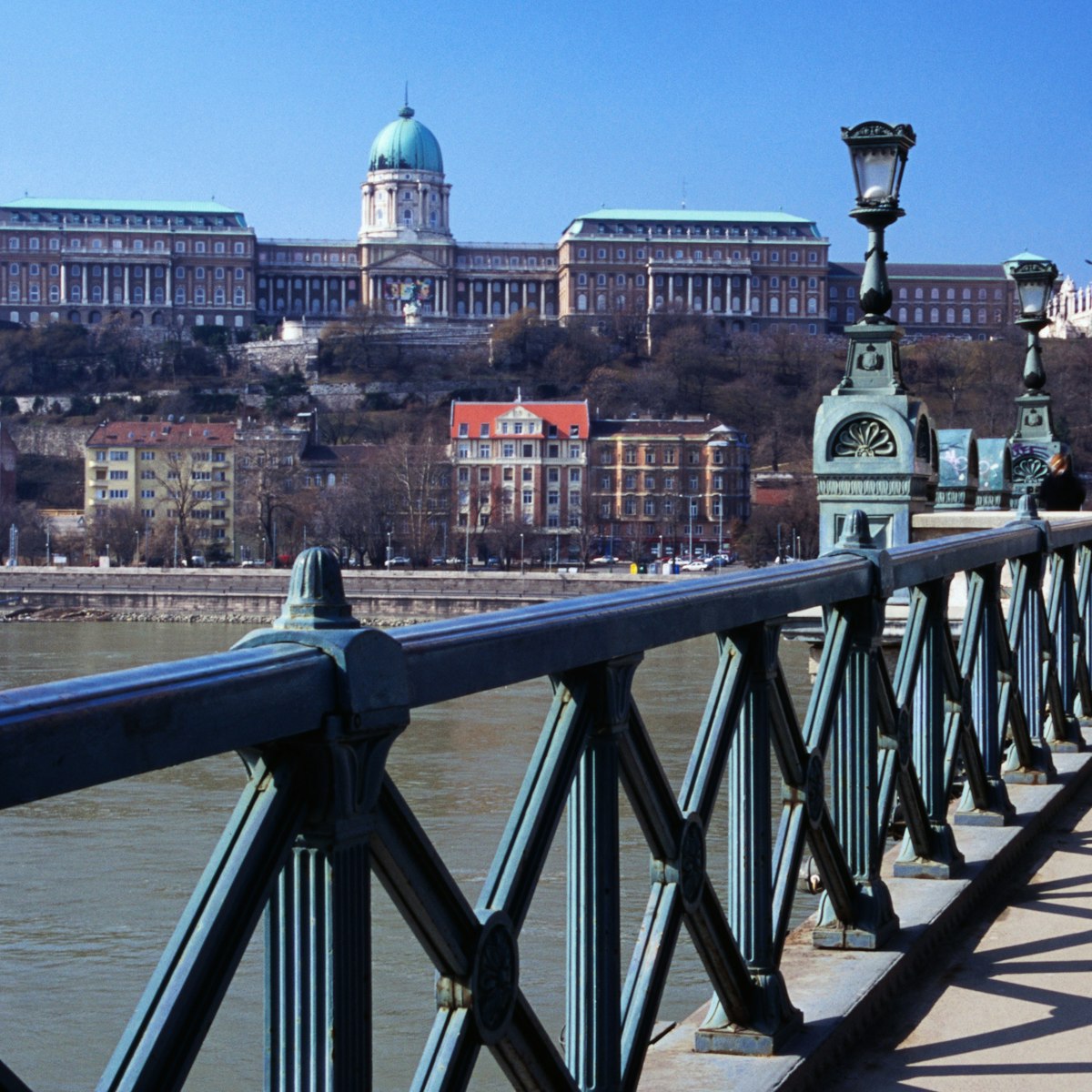
24.69 MILES
Castle Hill is a kilometre-long limestone plateau towering 170m above the Danube. It contains some of Budapest’s most important medieval monuments and…
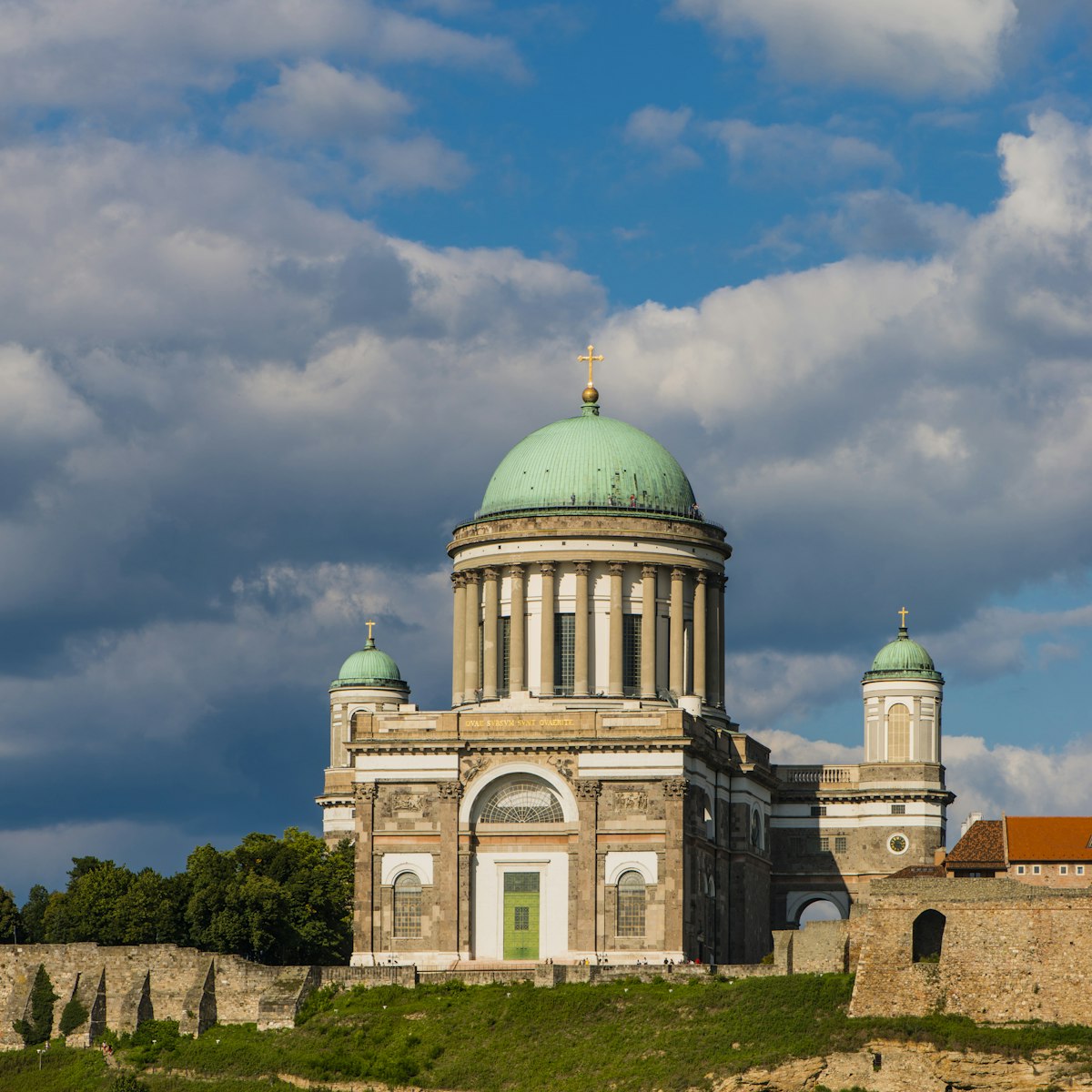
0.08 MILES
The largest church in Hungary sits on Castle Hill, and its 72m-high central dome can be seen for many kilometres around. The building of the present…
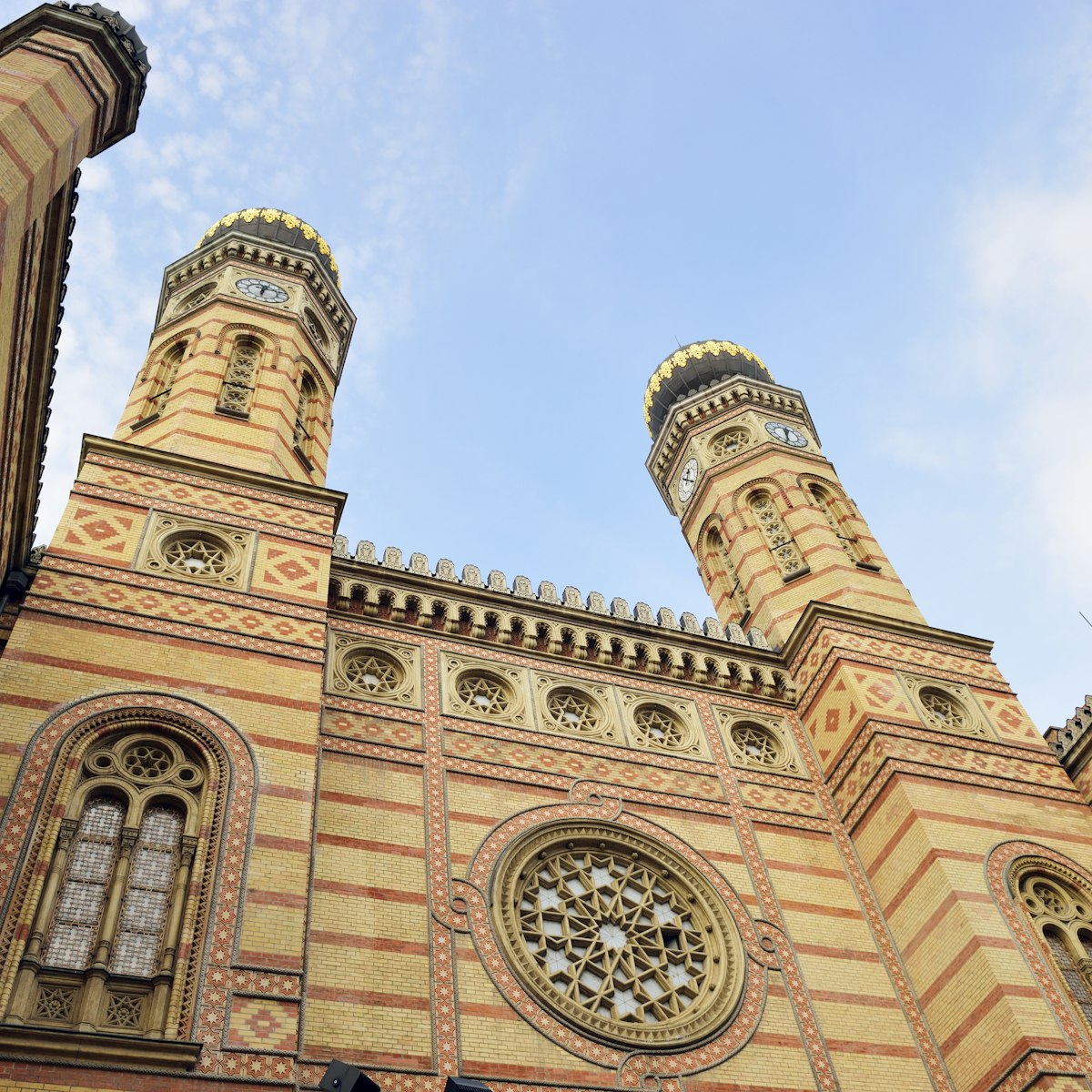
25.77 MILES
Budapest's stunning Great Synagogue is the world's largest Jewish house of worship outside New York City. Built in 1859, the synagogue has both Romantic…
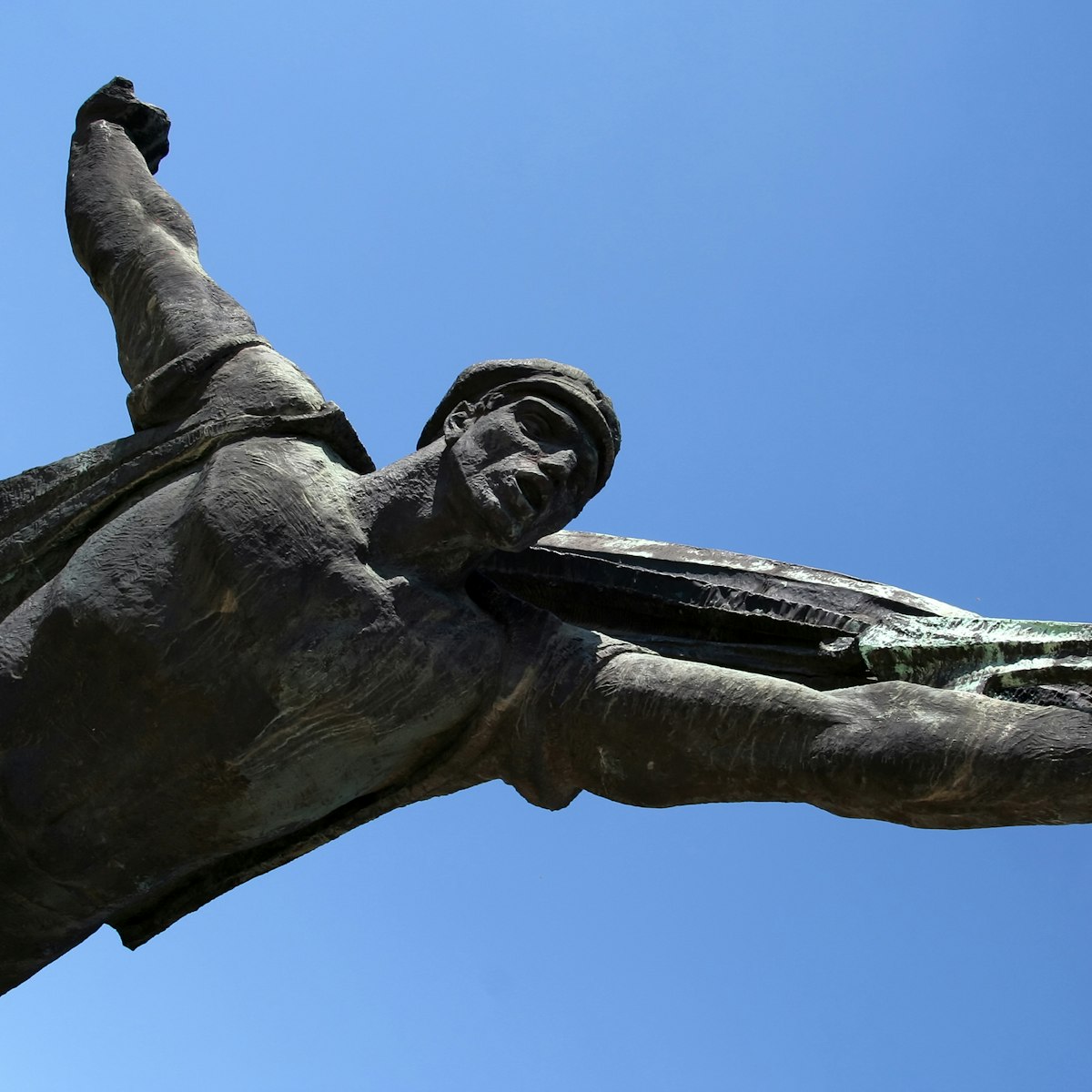
28.45 MILES
Home to more than 40 statues, busts and plaques of Lenin, Marx, Béla Kun and others whose likenesses have ended up on trash heaps elsewhere, Memento Park,…
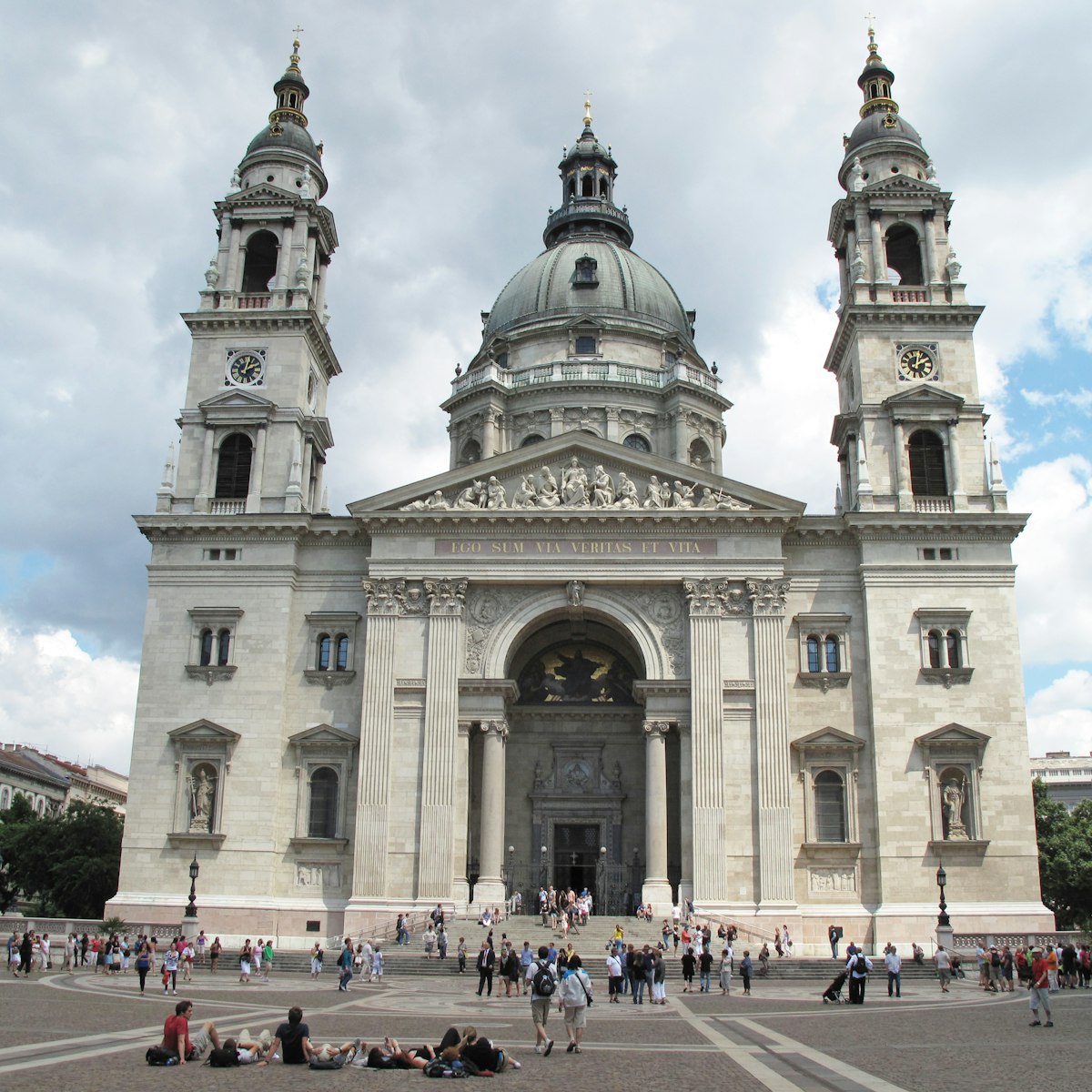
25.3 MILES
Budapest’s neoclassical cathedral is the most sacred Catholic church in all of Hungary and contains its most revered relic: the mummified right hand of…
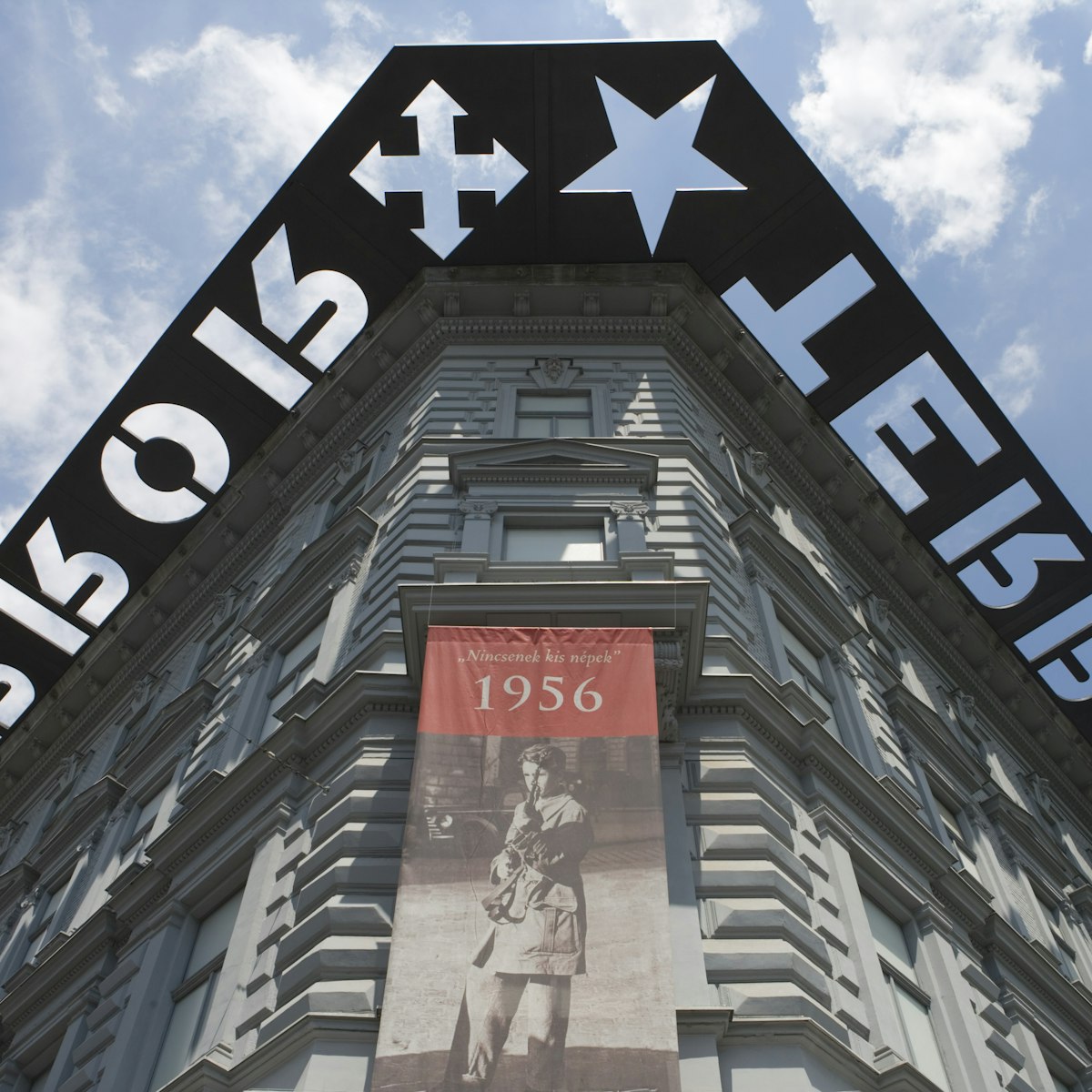
25.29 MILES
The headquarters of the dreaded ÁVH secret police houses the disturbing House of Terror, focusing on the crimes and atrocities of Hungary's fascist and…
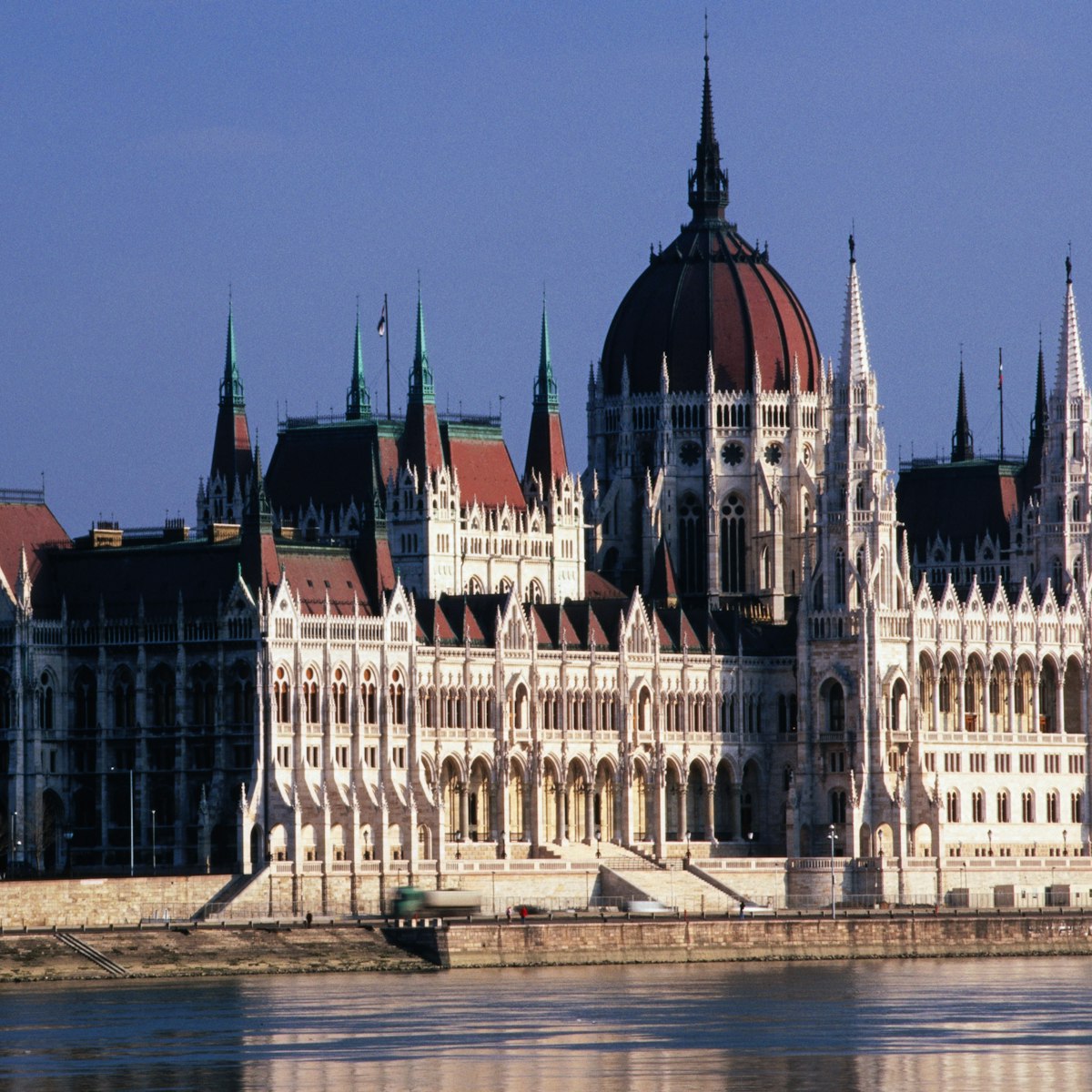
24.72 MILES
The Eclectic-style Parliament, designed by Imre Steindl and completed in 1902, has 691 sumptuously decorated rooms. You’ll get to see several of these and…
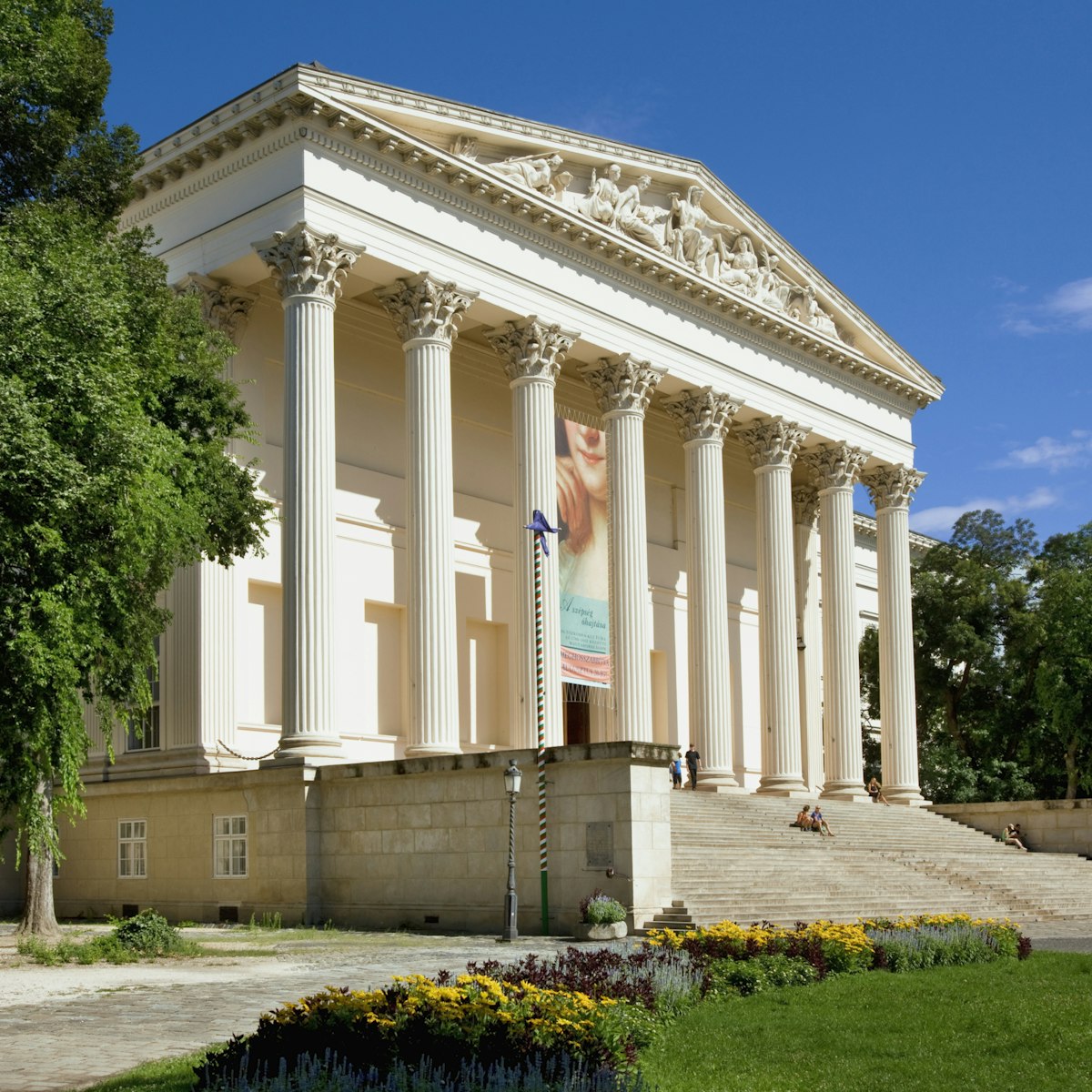
26.09 MILES
The Hungarian National Museum houses the nation’s most important collection of historical relics in an impressive neoclassical building, purpose built in…
Nearby Esztergom attractions
0.07 MILES
This museum, in an 18th-century baroque building, has a small collection of black-and-white photos of the excavations of the town's castle, as well as a…
0.08 MILES
The largest church in Hungary sits on Castle Hill, and its 72m-high central dome can be seen for many kilometres around. The building of the present…
0.09 MILES
The former Bishop’s Palace in the picturesque riverbank Watertown (Víziváros) district houses the Christian Museum, home to the largest and finest…
4. Öziçeli Hacci Ibrahim Mosque
0.16 MILES
This 400-year-old mosque was built in the 17th century, during the Ottoman occupation of Esztergom. In its later incarnations it served both as a granary…
0.28 MILES
Cross the bridge from Watertown over to Primate Island (Prímás-sziget) and to the southwest is the Mária Valéria Bridge, connecting Esztergom with the…
0.41 MILES
This surprisingly interesting (and quite high-tech) museum has exhibits on all aspects of the history of Hungary's greatest river, including its mighty…
0.46 MILES
The erection of this monument was the town's way of giving thanks when a plague epidemic passed it by.
8. King Matthias Museum (Royal Palace)
11.02 MILES
Just inland from the river, the Royal Palace boasted 350 rooms during the 15th-century reign of King Matthias Corvinus to whom the museum it now contains…